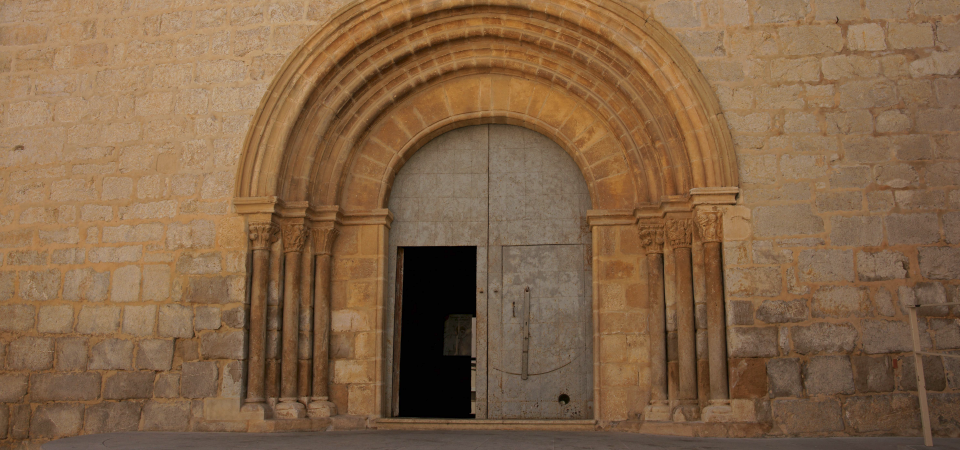
Sant Mateu during the dominion of the Order of Knights Hospitallers
In 1244, just seven years after the Master of the Order of the Knights Hospitallers granted the Town Charter, Sant Mateu received the right to celebrate a weekly market by the king Jaume I. As early as in 1255, the town also enjoyed the privilege of celebrating an annual trade fair. They were some of the first concessions of this kind in the Valencian context, and still in the middle of the campaign to conquer the south of the Xuquer river.
As regards the urban development, there were already population living outside the first fortified place (Suda) in 1257. To be exact, four families settled where the Main Square is located now, next to the place where the first Romanesque church was built. Since 1271, the Main Square has, in rough outlines, the same shape as nowadays.
Since then to the present day, the new quadrangular arcaded square, settled in a flat area, became the nerve centre of the town. In the Main Square, there were different commercial buildings (butcher’s, fish shop, grain warehouse, etc.) and seven streets started from it as nowadays.
Economically, it is significant that the town’s fair coincided approximately with the shearing season. In fact, the grazing, transhumance and wool manufacture were closely related to the history of Sant Mateu and were the main cause that the town became important in the Valencian early medieval context.
As regards transhumance, it is known that the transit of sheep was towards two different geographical areas: wide sectors in the current Teruel region and crossing the Pyrenees, in the French regions of Ariège and Aude. These last movements brought about some of the last perfect Cathars who, during the first decades of the 14th century, took up residence in Sant Mateu escaping from the Inquisition.
Simultaneously, the population made an effort to obtain the delimitations of wide areas in the Bailiwick of Cervera for its exclusive use and exploitation on the part of the several towns of this district in order to extend and protect the winter grazings from the inverse migrating movements.
In addition to this, as vassals of the Order of the Knights Hospitallers, the inhabitants of Sant Mateu had tax-exempt status to trade with the towns and cities of royal dominion. This right helped Sant Mateu to increase the commercial activity related to the wool industry and the trade of its products.
For all of these reasons, the population was about 4,500 inhabitants in 1320 and Sant Mateu became the fifth most important town in the Kingdom of Valencia.




